Rolling Thunder 2017
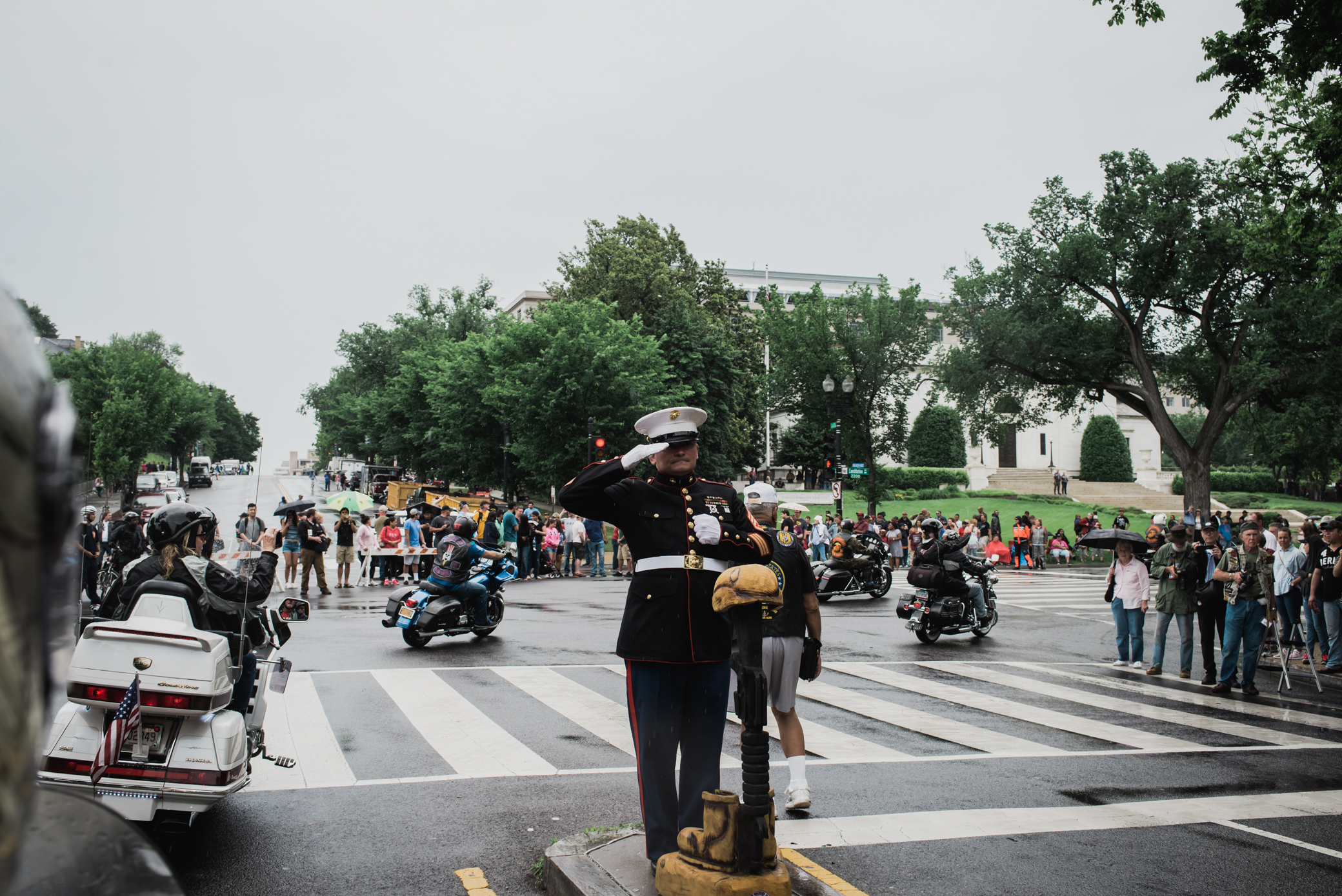
The act of riding a motorcycle is revolutionary.
Automobiles are everywhere. They permeate human cultures of all kinds. You cannot avoid them. Motorcycles are different, though. Yes, they have many of the same parts; an engine, wheels, frame, seats. In many places, particularly developing countries, motorcycles are the best way to get around. But they’re not considered that way in the US. In fact, they’re often what I like to call “garage ornaments.” They look beautiful, get washes as often as automobiles while being ridden less than 1/10th the time, and are used as mere adult toys to be brought out on the weekends. If it’s not raining or too cold, of course.
But still, riding is a revolutionary act. And what truly separates the motorcycle from the automobile are two basic properties: exposure to the elements, and the necessity of balance. These properties and this revolutionary separation makes them beautifully dangerous things of wonder, and the lone cowboy lore of the open road endows them with mystical properties. I’ve written previously about the magic of motorcycles. They’re truly the embodiment of poetry in motion, hulks of metal deftly weaving on two thin pieces of rubber. The ability to control them creates a bond between those who ride, and inspire the awe of those who do not. Utilizing that attention gives a voice to many various causes, but none is more important or as well-known as the treatment of the members of our Armed Forces.
And so, lining the streets of Washington, D.C. this Memorial Day Sunday, were tens of thousands of people riding, and tens of thousands more watching us ride.
Memorial Day is a time for remembering the fallen of our nation’s military, and Rolling Thunder is about remembering those fallen, as well as those who are still alive but never returned home. It may be lost on many of the spectators, and perhaps even on some of the riders, but Rolling Thunder is not just about a bunch of guys getting together to ride motorcycles, and it’s not just about “showing the flag,” as it were, for our current fighting men and women and veterans. Rolling Thunder is a demonstration. It is a method of accountability to our government to do what it needs to do to bring all of our people home.
The Defense POW/MIA Accounting Agency currently lists the official total number of missing Armed Forces members from World War II to the present at 82,547. From Vietnam alone, the official total number of missing is 1,611. We are collectively responsible for honoring those missing by fighting to keep awareness alive about the struggles they have and continue to endure, and by inciting action by our government to ensure that everyone comes home, one way or another.
And so, for thirty years, Rolling Thunder has rumbled through the District. And will continue for as long as it takes.
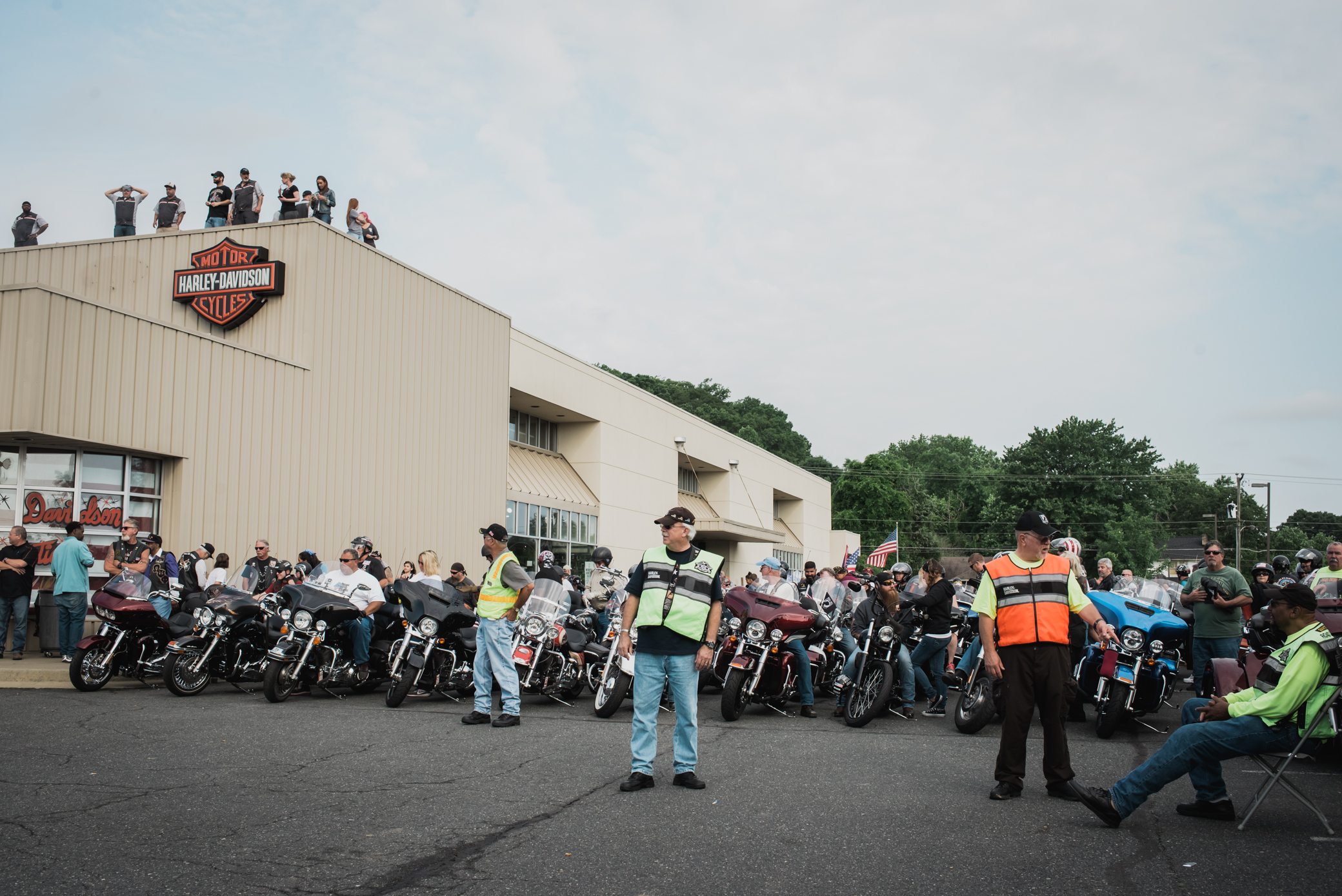

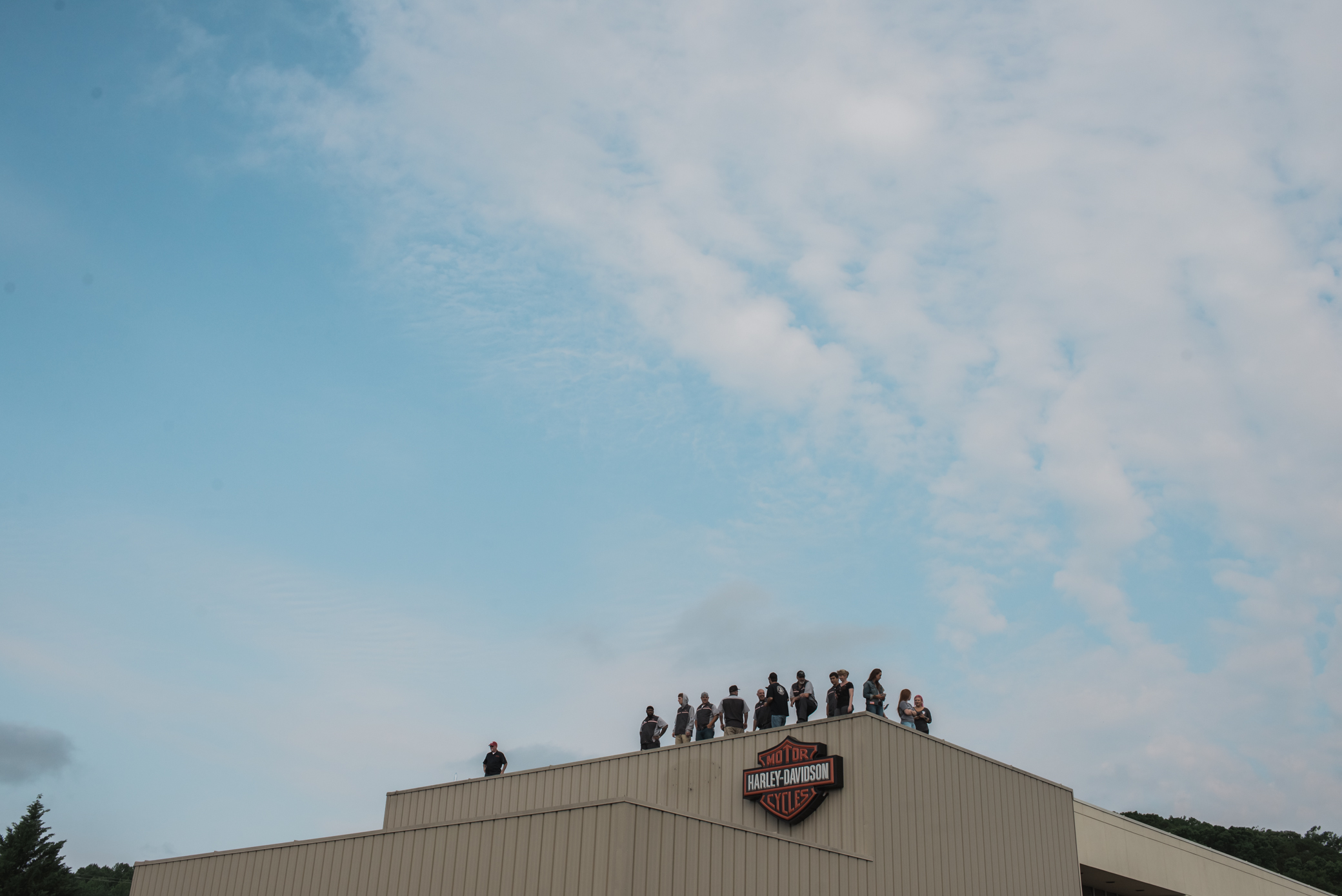
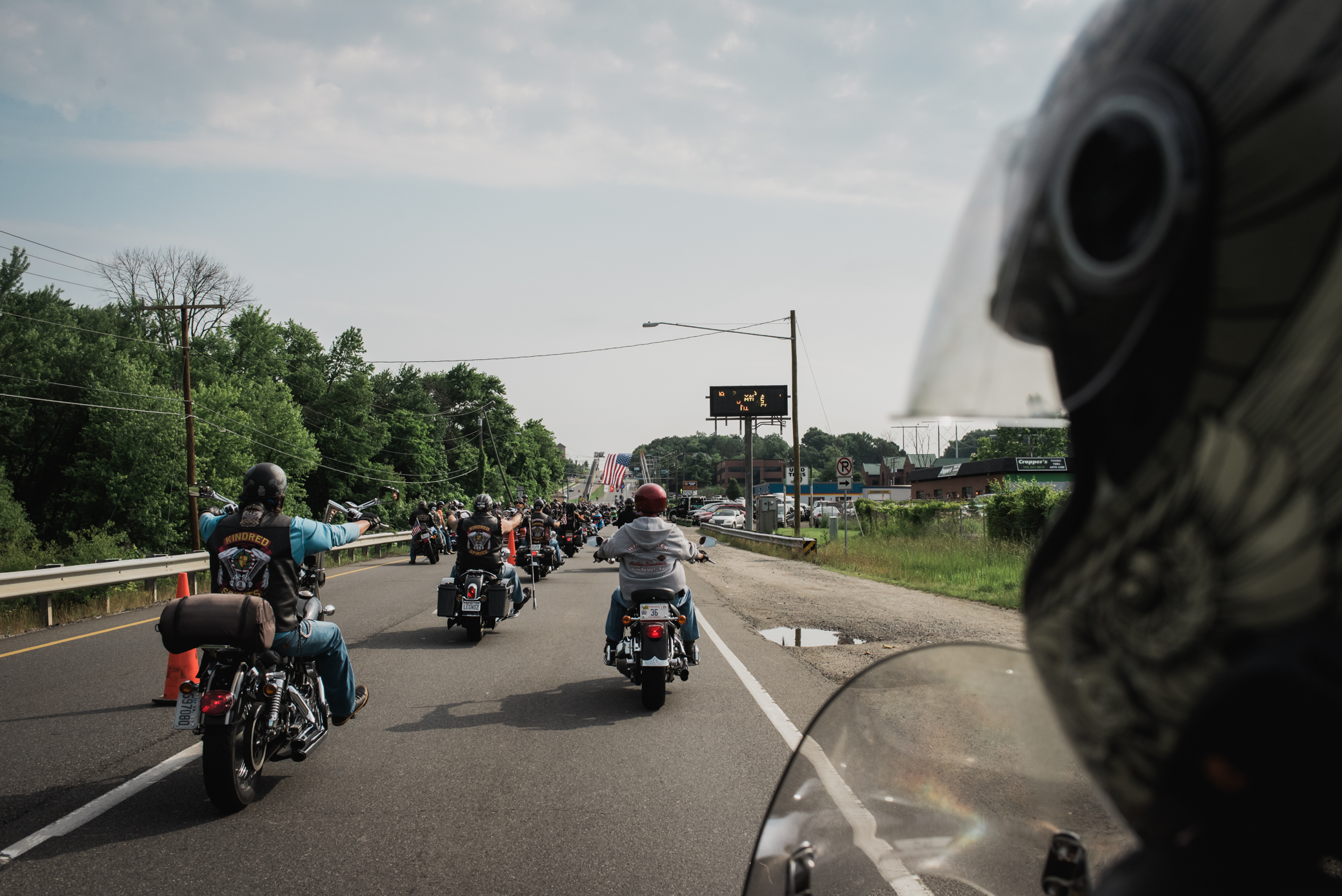
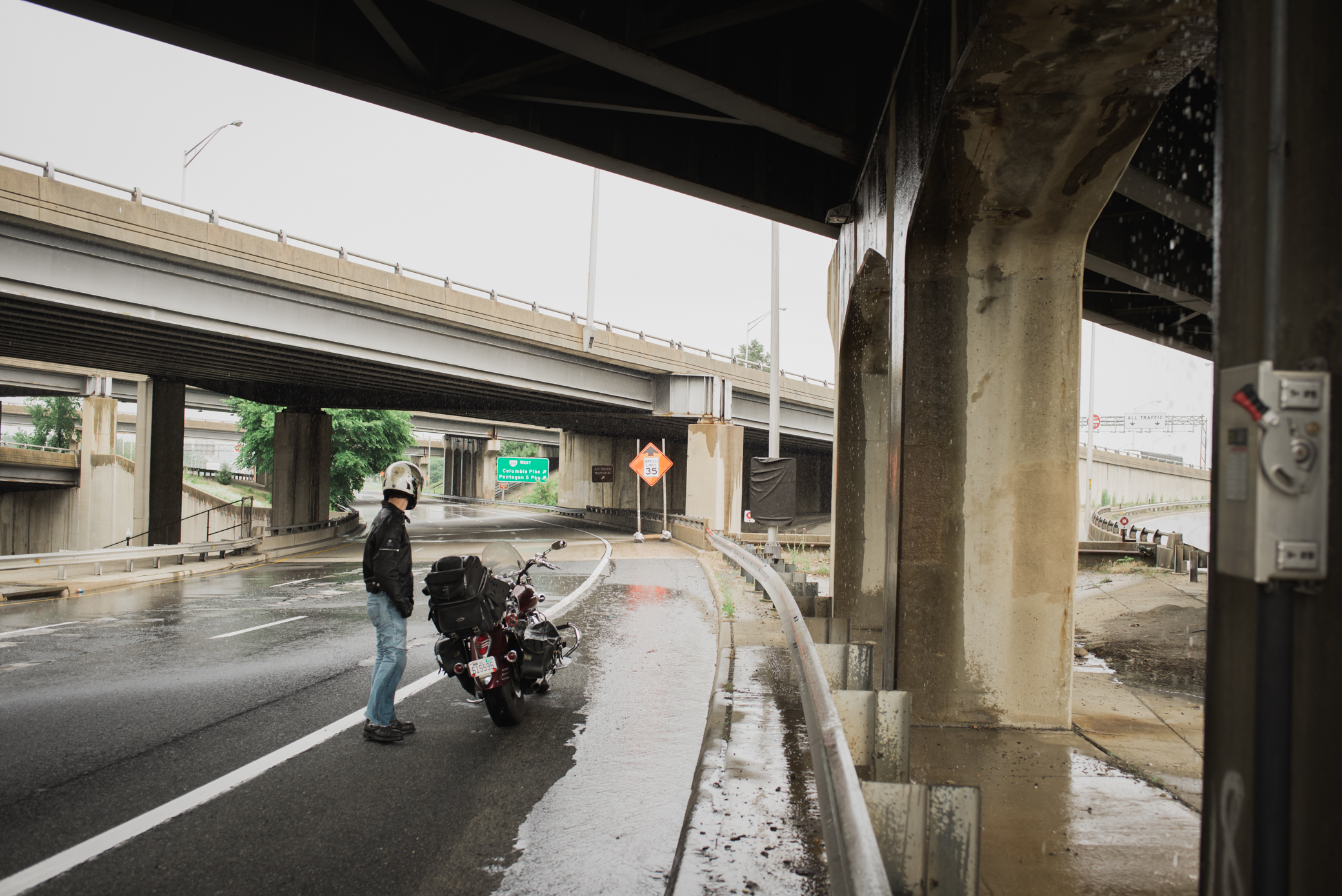

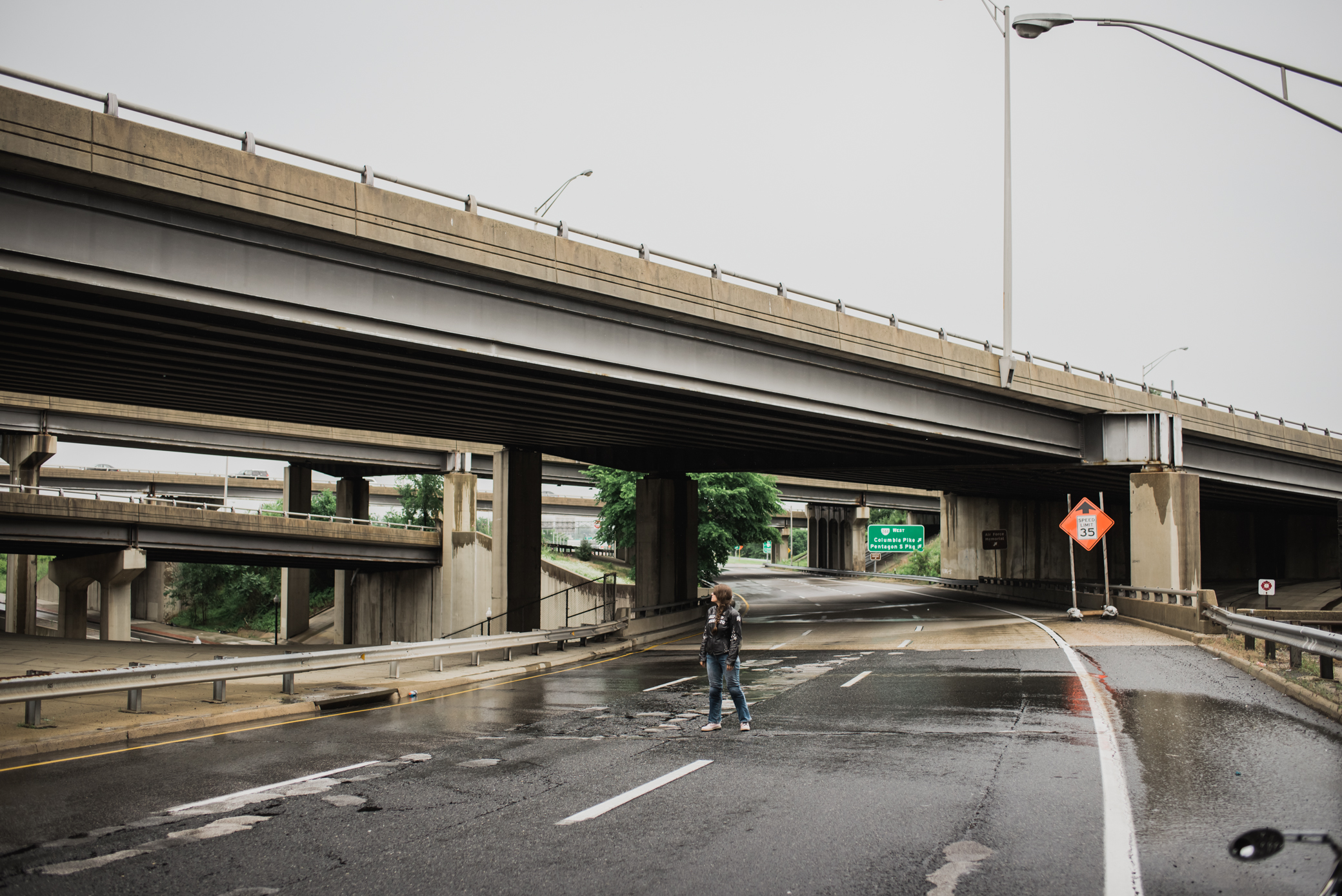
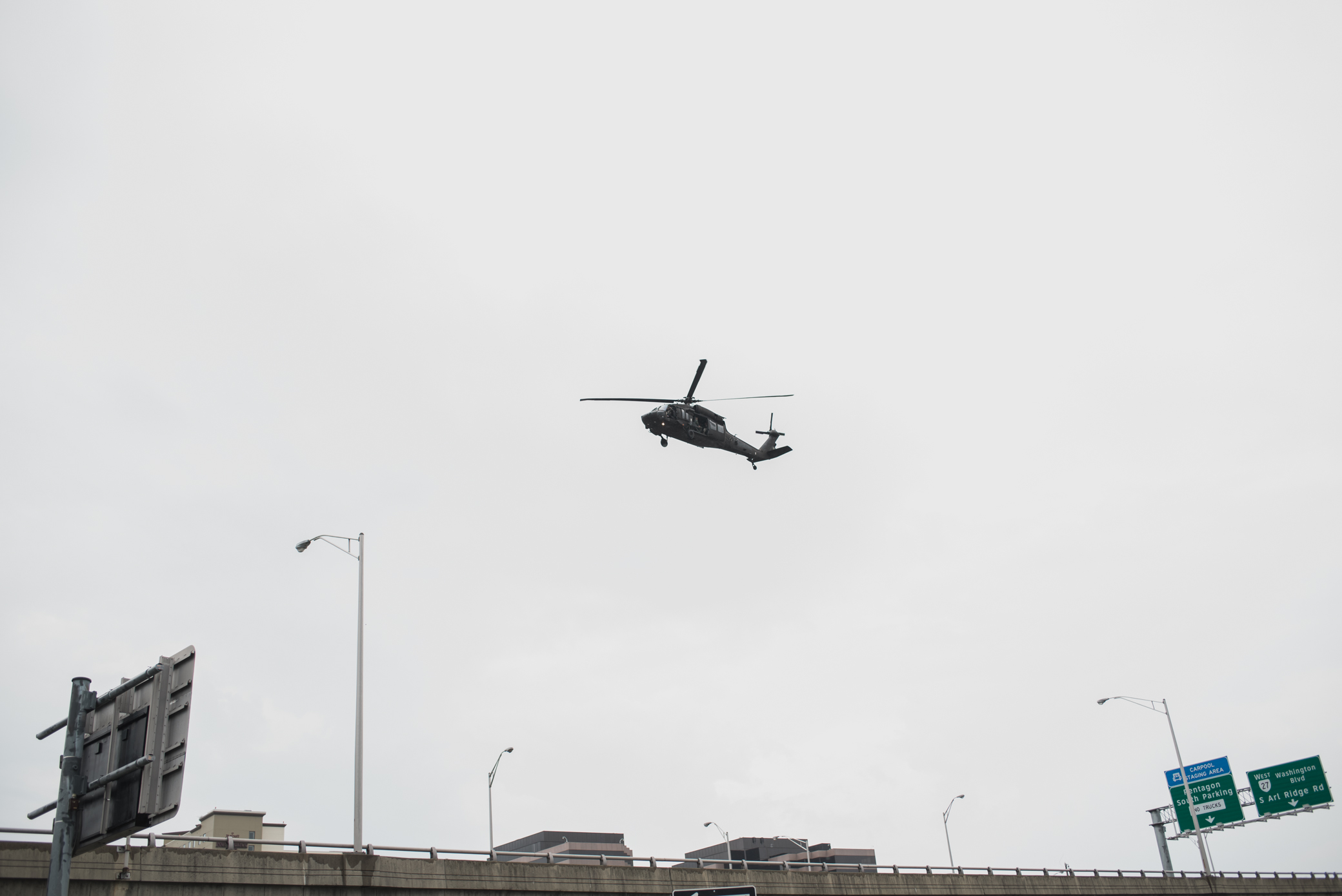
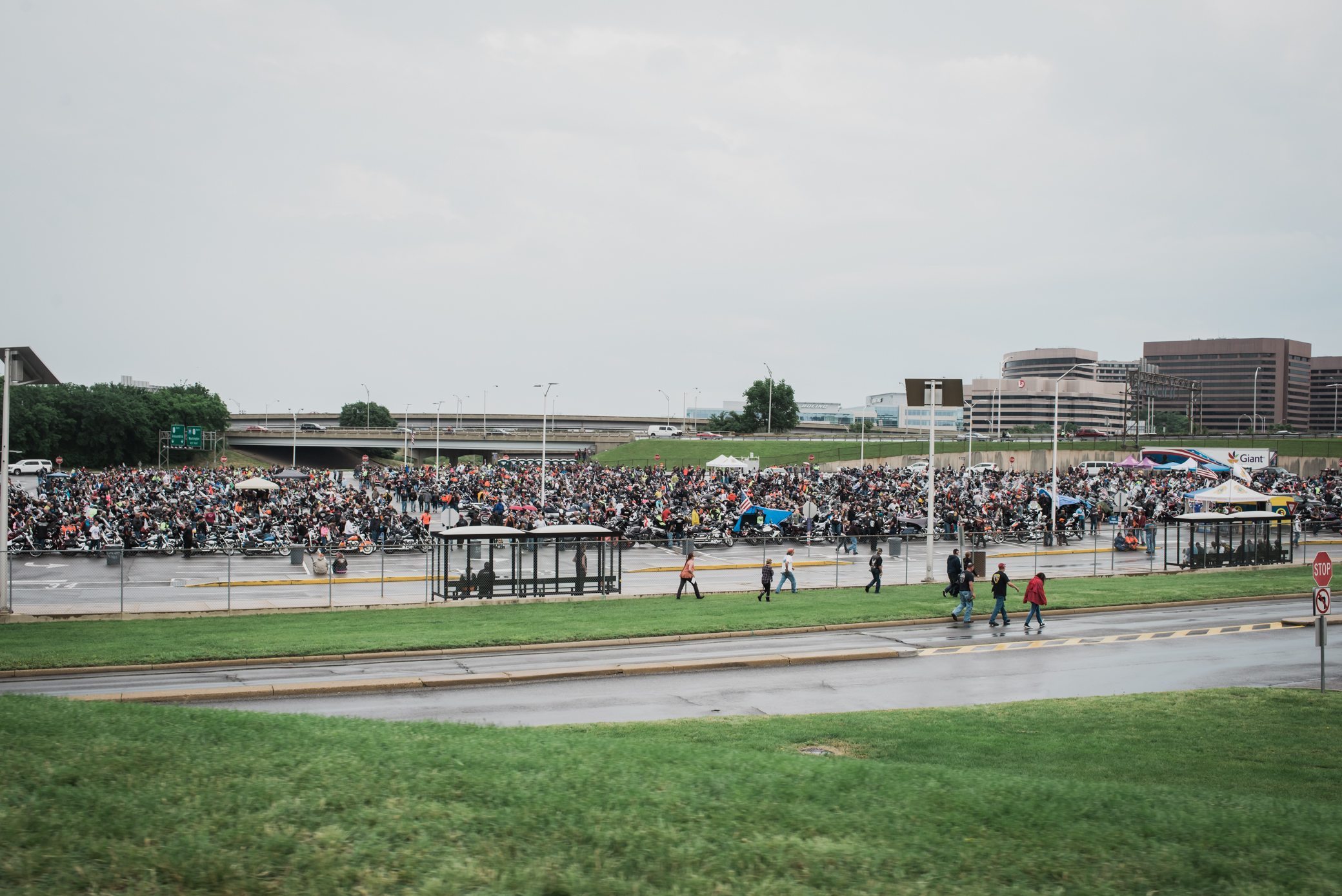
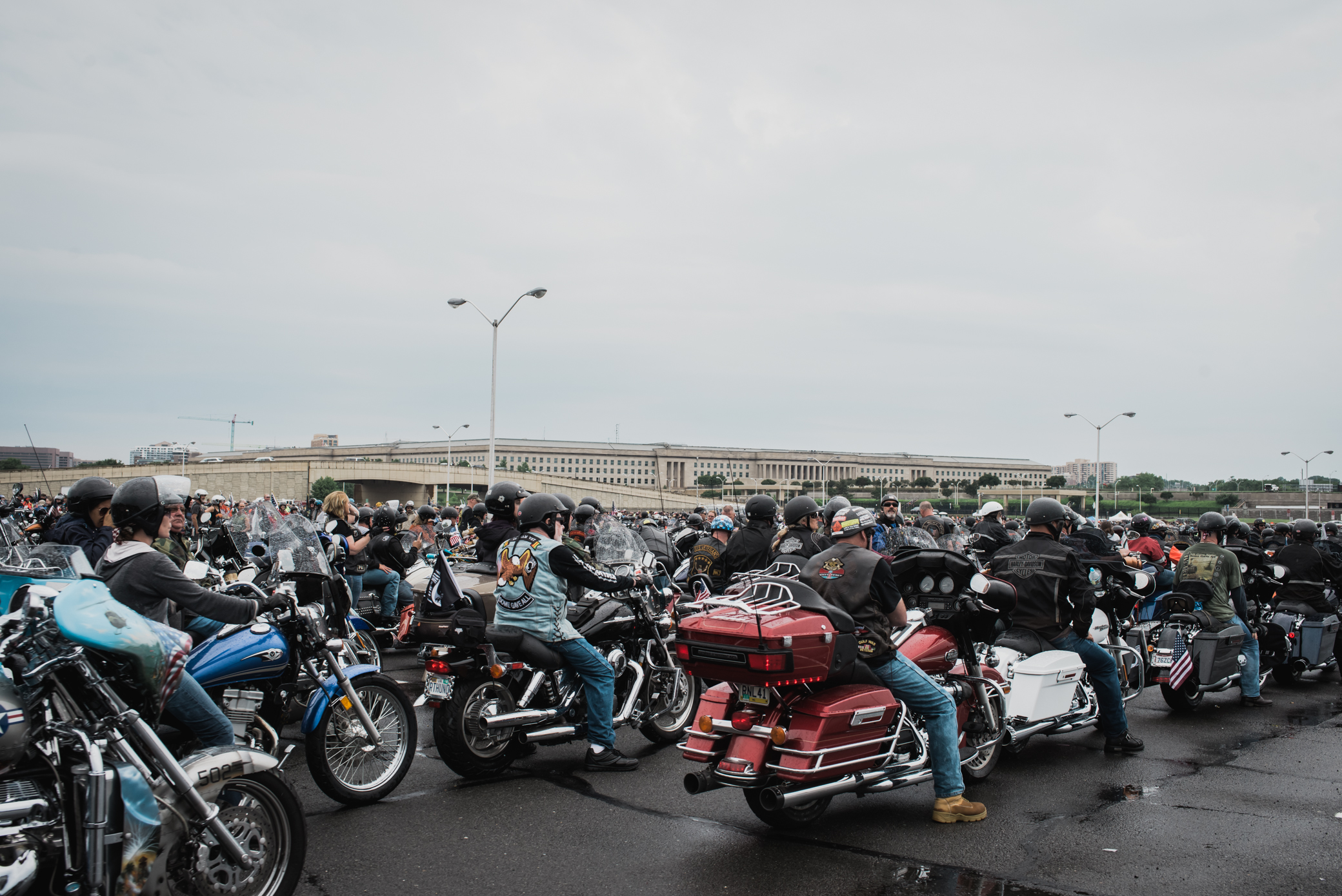
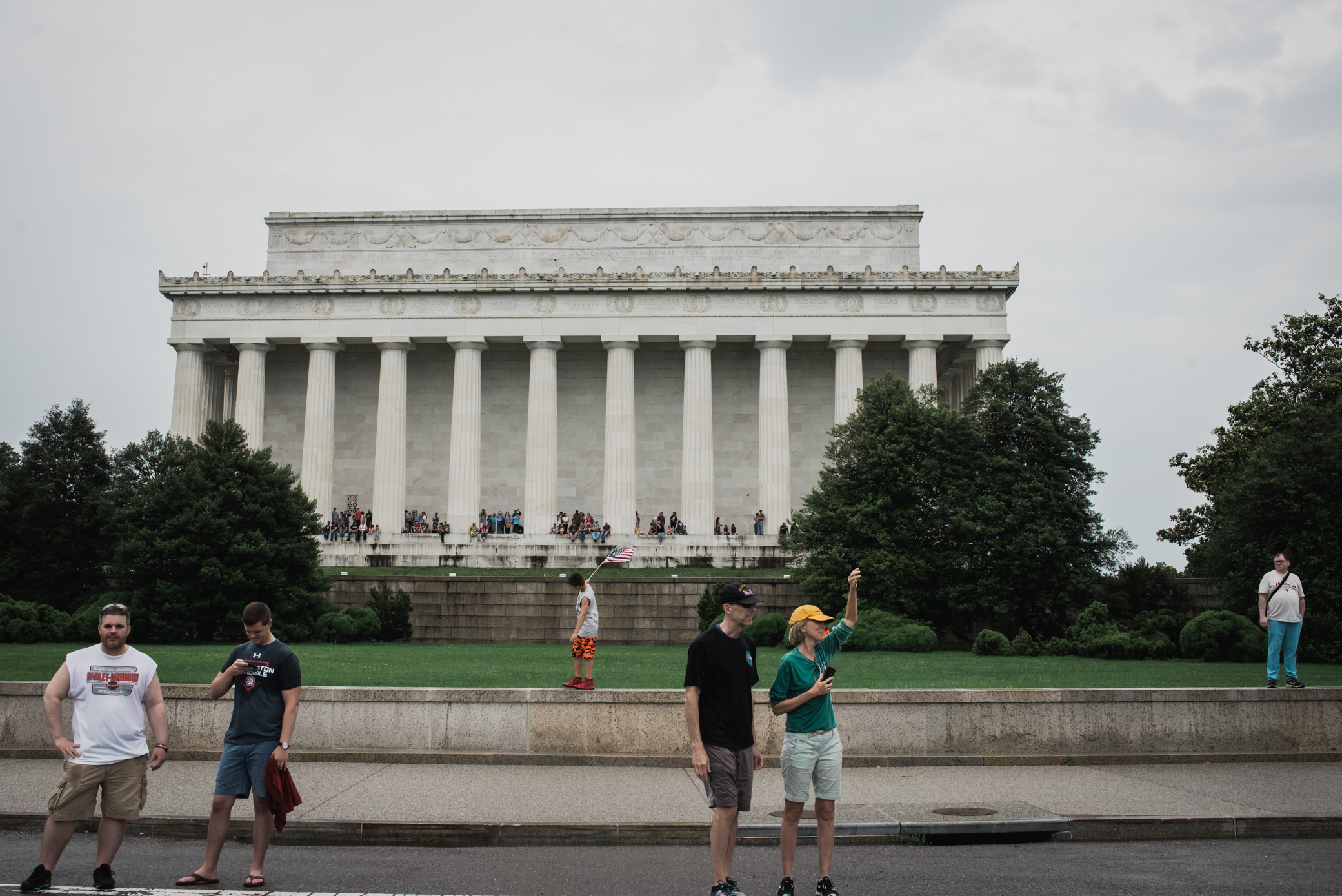
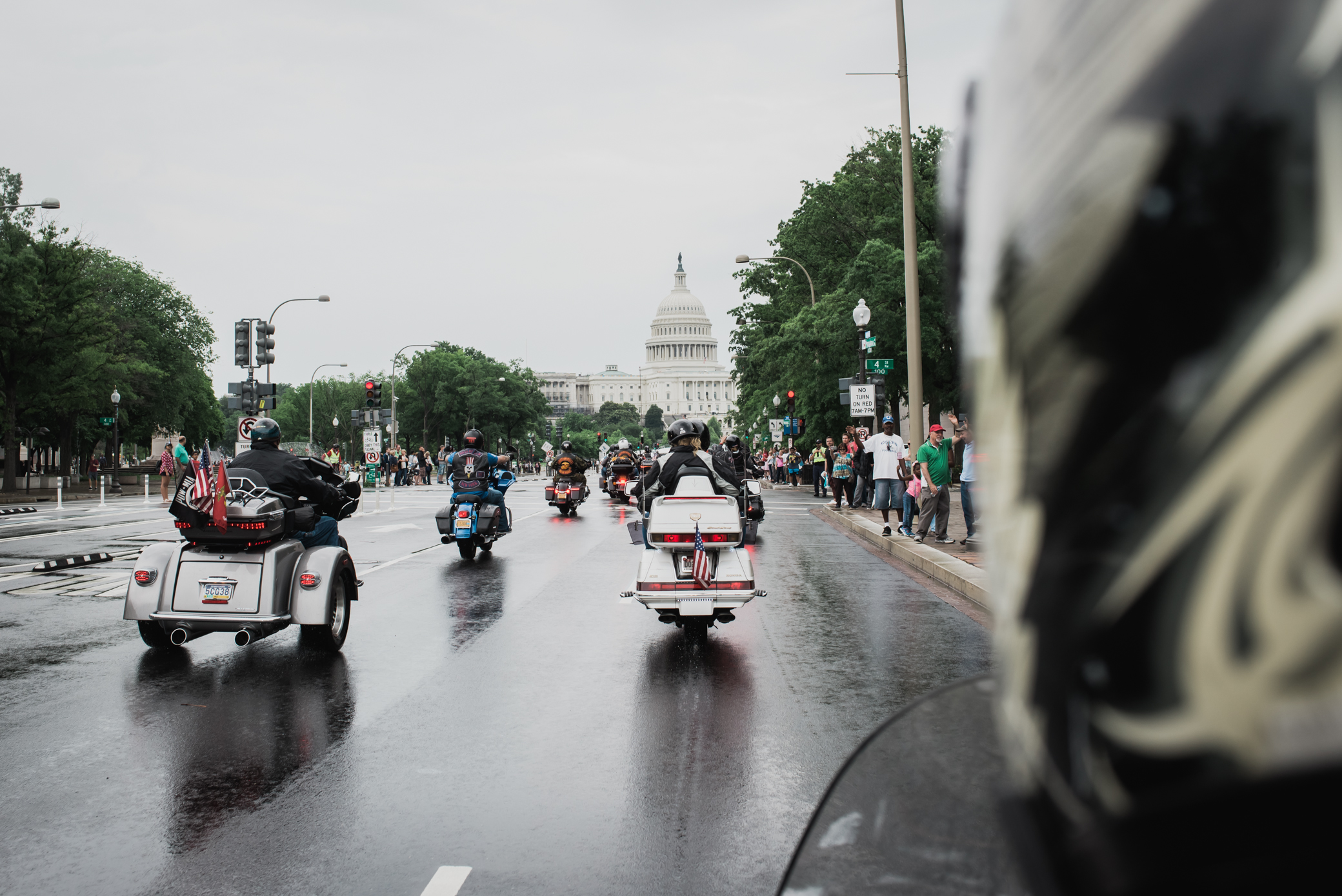
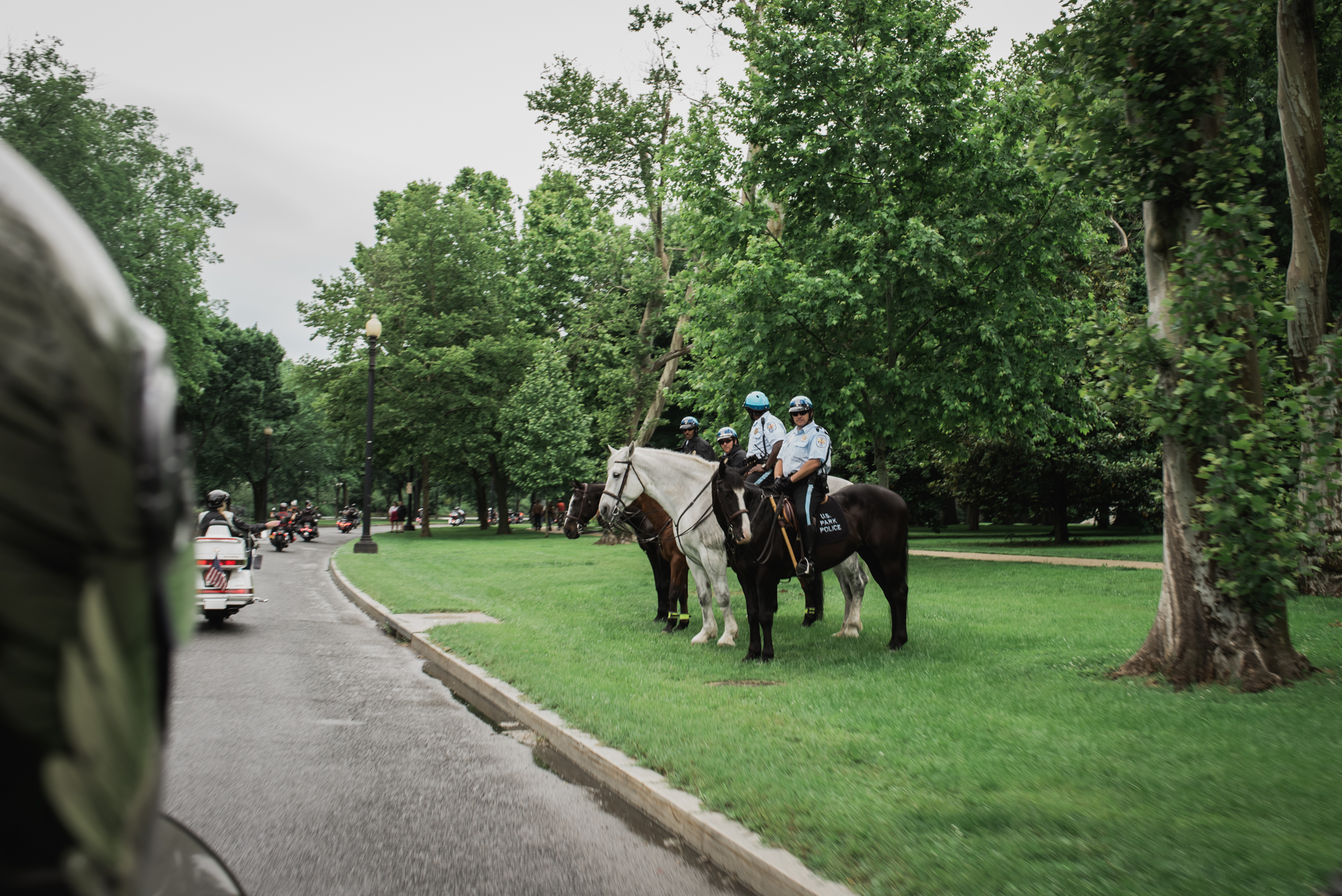
Be the first to comment